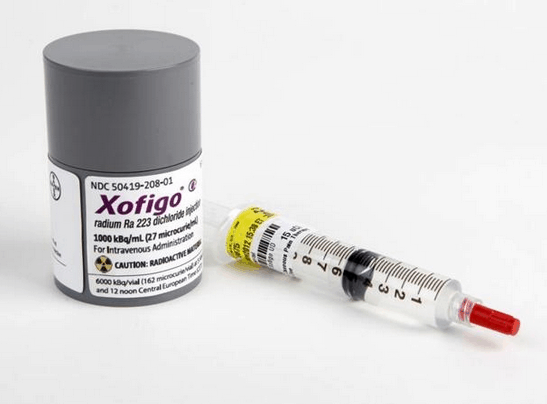The risk of urinary incontinence with radiation therapy is a real concern for men who are considering this treatment approach. Use of image-guided radiation therapy (IGRT) as a treatment for prostate cancer is associated with a low risk of urinary incontinence, according to a new study of more than 1,000 men who underwent this treatment between June 1, 2008 and November 1, 2010. These findings were presented at the American Urological Association’s annual meeting in Atlanta, Georgia, on May 21, 2012.
Urinary incontinence is a prostate cancer treatment side effect and a major concern among most men when it comes time to choose a treatment approach. The risk of urinary incontinence is associated with radiation therapy (including brachytherapy), radical prostatectomy, cryosurgery, and high intensity focused ultrasound (HIFU).
To determine the potential for development of urinary incontinence associated with image-guided radiation therapy, researchers enrolled 1,047 men with prostate cancer who chose to undergo IGRT. Minimum follow-up after therapy was one year, and urinary incontinence was assessed at baseline before treatment and at each follow-up visit.
At baseline, 84.1% (881 men) had no urinary incontinence diagnosis, 15.1% (158) had minimal incontinence, and 0.8% had incontinence that required pads or that was out of control. After a follow-up of 12 to 41 months, 18 (1.7%) of the 1,039 patients with no or minimal incontinence had worsened to needing pads or had lost control of urinary flow. In a surprising turn, 79 of the 158 men (50%) who had minimal incontinence improved during follow-up and completely resolved their urinary incontinence.
The authors concluded there is a “relatively low incidence of urinary incontinence in patients receiving IGRT for prostate cancer.” Men should consider this finding when making a decision about treatment for prostate cancer.
Read more in our Prostate Cancer Health Center.







